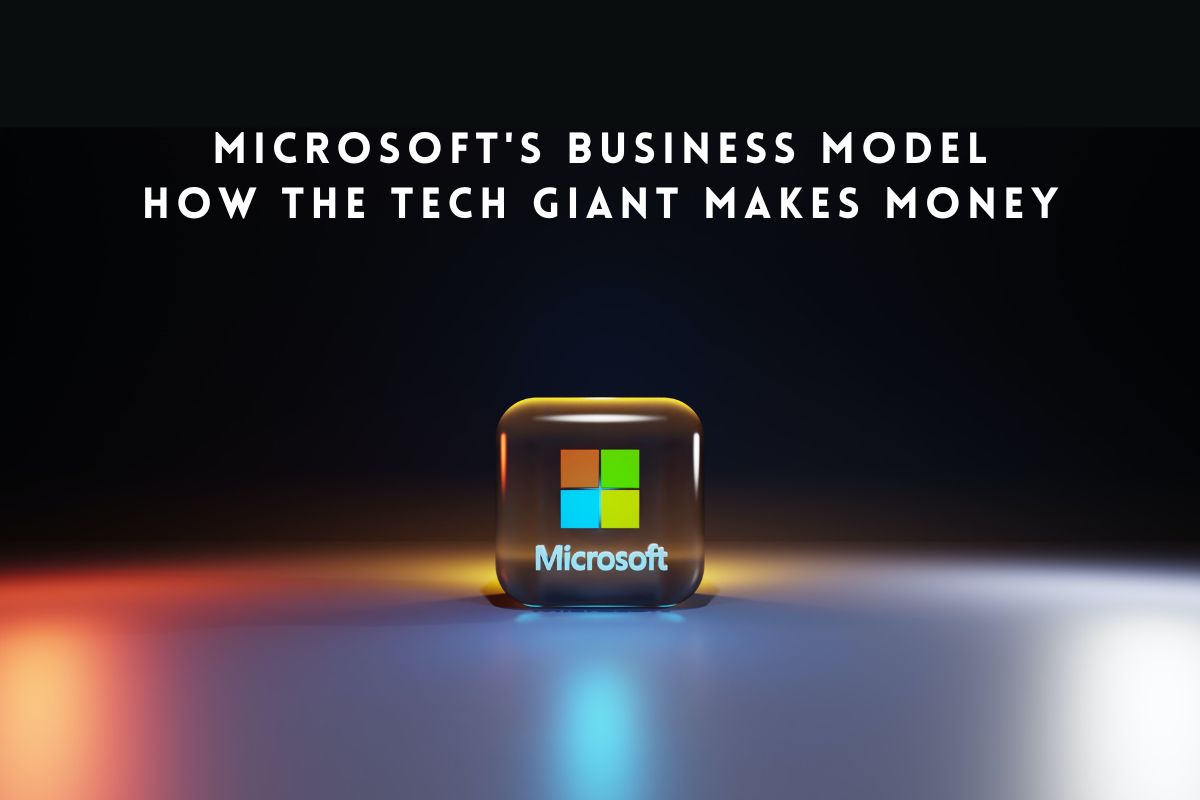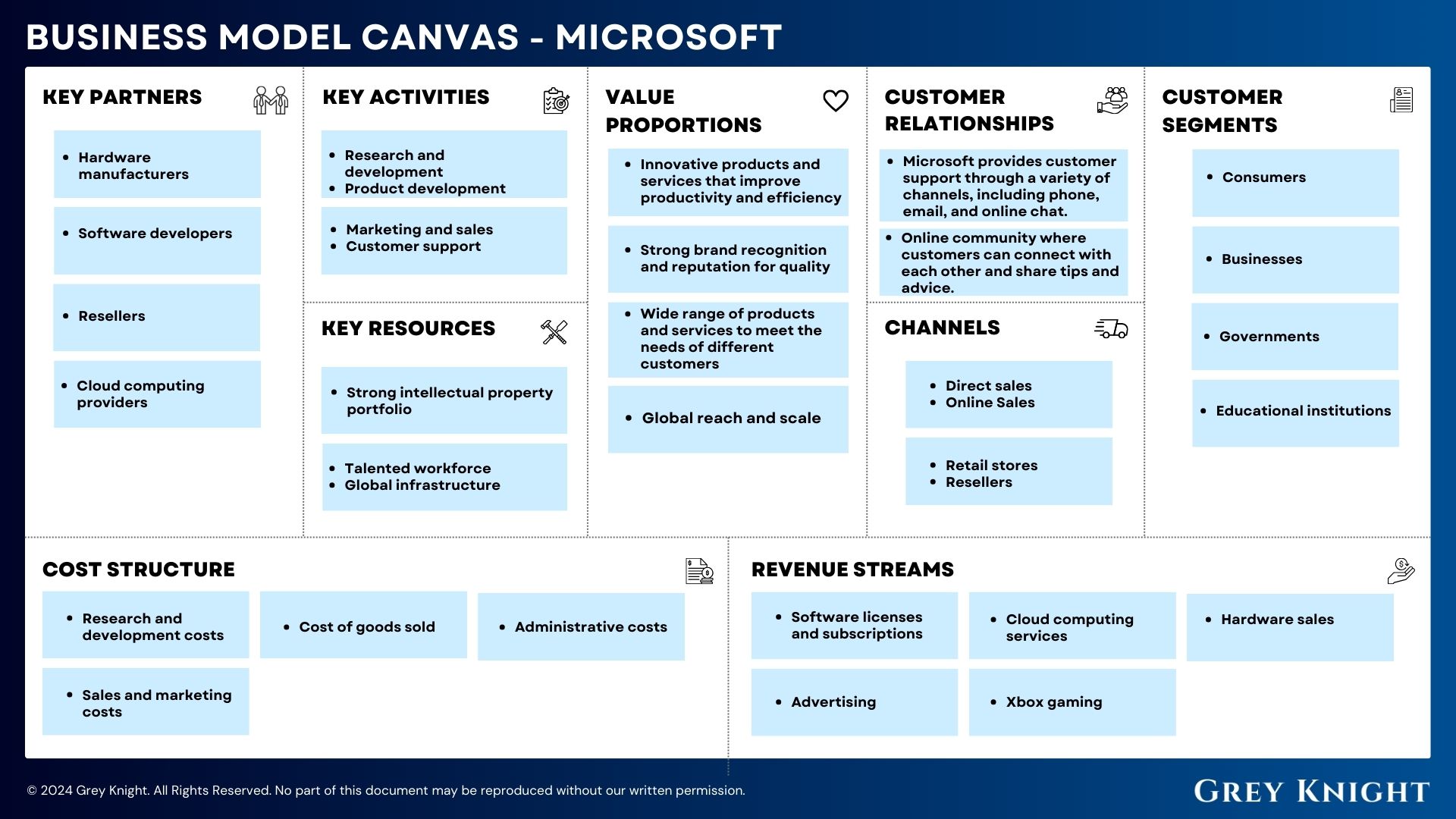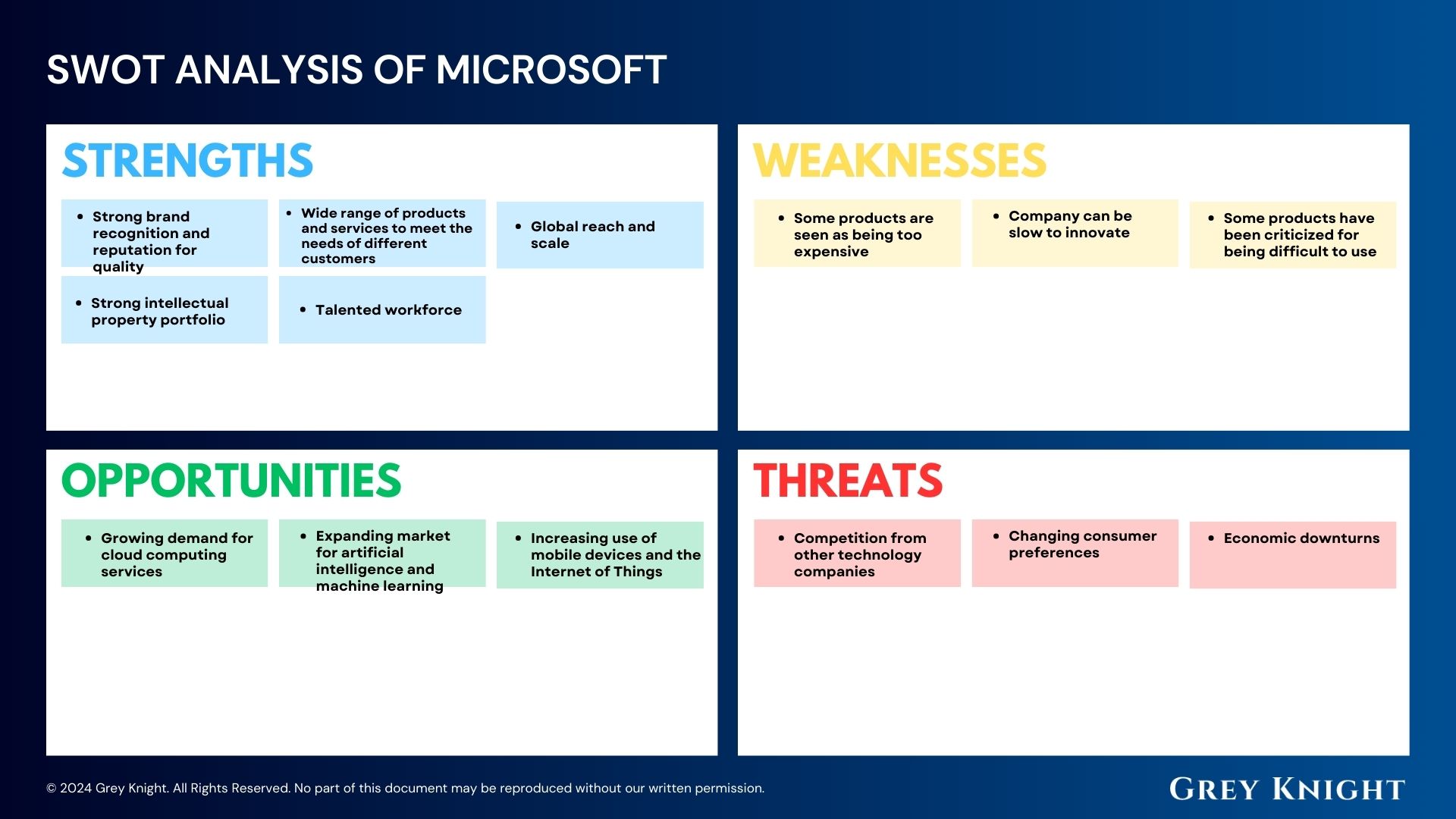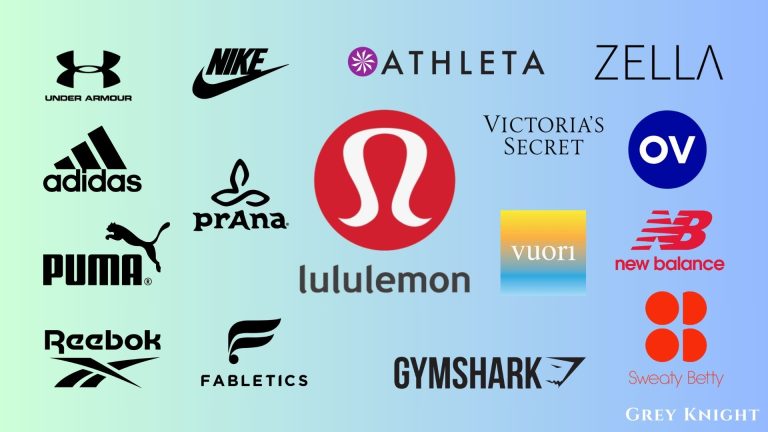Microsoft is one of the biggest names in the tech industry, with products and services used by millions of people around the world. But have you ever wondered how Microsoft makes money? In this article, we’ll take a closer look at Microsoft’s business model, how it generates revenue, and what makes it so successful.
Table of Contents
ToggleMicrosoft’s Value Proposition for Consumers
Microsoft offers a range of products and services to consumers, including the Windows operating system and the Microsoft Office suite of products. The company’s value proposition for consumers is simple: they make it easy for users to use a computer and get their work done.
While Microsoft’s value proposition for consumers may not be as strong as it once was, with many users switching to cloud-based products and different operating systems, the company still has a large user base. Many users still prefer the familiarity of Windows and the reliability of Microsoft’s products.
Microsoft’s Value Proposition for Corporations
In addition to consumers, Microsoft also sells products and services to corporations. The company provides an easy way for corporations to provide a standardized desktop environment to their tens of millions of workers worldwide. This environment is easy to install, set up, and cost-effective, making it an attractive option for many corporations.
Through its enterprise sales and support, Microsoft is able to sell large volumes of Windows licenses to corporations like Hewlett-Packard. This has allowed the company to generate vast amounts of revenue over the years, leading to some awkward antitrust issues in the late 1990s.
Microsoft’s Revenue Streams
Microsoft generates revenue through a variety of channels, including the sale of licenses and software as a service (SaaS) products. Consumers can either get their licenses bundled with their computers as part of an OEM deal or purchase them through the Microsoft website, retailers, or resellers.
In addition to its traditional products, Microsoft also offers a range of SaaS products, such as Skype and Microsoft Office online. These products generate revenue through subscriptions and are an important part of Microsoft’s revenue streams.
Microsoft’s Key Resources and Activities
Microsoft’s key resources include its large user base, which dates back to the 1980s, and its vast amount of operating system intellectual property. While many people complain about the bugs and issues in Microsoft’s operating systems, the company’s IP still delivers a lot of value to users.
The company’s key activities include software development, marketing, and sales. Microsoft is constantly developing the next level of products and services, such as its Azure cloud computing platform. The company also has a large corporate sales team that works to sell its products to corporations worldwide.
Microsoft’s Key Partners
Microsoft’s key partners include resellers, OEMs, and Microsoft MVPs (value professionals). Resellers and OEMs help Microsoft sell its products to consumers and corporations, while MVPs provide support to Microsoft users. These partners are an important part of Microsoft’s business model and help the company reach a wider audience.
Conclusion
In conclusion, Microsoft’s business model is based on providing users with easy-to-use products and services, both for consumers and corporations. The company generates revenue through a variety of channels, including the sale of licenses and SaaS products. Microsoft’s large user base and vast amount of IP are key resources, while its key activities include software development, marketing, and sales. By working with partners like resellers, OEMs, and MVPs, Microsoft is able to reach a wider audience and continue to grow its business.
Additional Resources
To keep learning and advancing your career, we highly recommend these additional resources:
7 Financial Models Used by Investment Bankers












